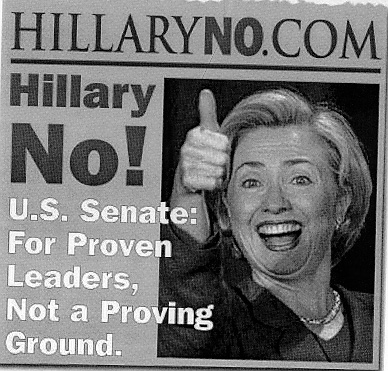Media Effects Research Lab - Research Archive
Positive mood induction effects of television programs on political messages
Student Researcher(s)
Nokon Heo (Ph.D Candidate);
Faculty Supervisor
INTRODUCTION
This study explored the impact of television program-induced mood as a mediating variable of attitude change in response to negative political advertisements. Research and theory show that relative to people in a neutral mood, people experiencing a positive mood are likely to show a reduction in systematic processing of complex information and a greater tendency to rely on rapid, and less effortful judgement of heuristics in persuasive communications. Likewise, when faced with a decision, they tend to simplify their cognitive task, choosing quick and easy strategies and relying more on intuitive and heuristic solutions (such as the presence of color in commercials) than on effortful algorithms.
HYPOTHESES
H1: Participants in a positive mood, compared to those in a neutral mood, will show lesser recall of message-relevant information.
H2: Participants who saw the black-and-white version of the political advertisement will evaluate the targeted candidate more negatively than participants who saw the color version of the same advertisement.
H3: The persuasive impact of the presence of black-and-white on viewers' attitudes toward the targeted candidate will be significantly greater for participants in a positive mood than for those in a neutral mood.
METHOD
Fifty-six participants in a fully-crossed 2 (positive vs. neutral) by 2 (black-and-white vs. color) factorial between-participants experiment, were randomly assigned to either a positive or neutral mood condition.
Participants in the positive condition saw a 13-min videotaped performance of a talk-show host (Jay Leno) on a network television program.
Participants in the positive condition saw a 13-min videotaped performance of a talk-show host (Jay Leno) on a network television program.

At the end of the second commercial break, participants in both conditions viewed the political advertisement. Half of the participants in each of the two mood conditions saw a negative political commercial in black-and-white.

while the rest saw the same commercial in color.

At the end of the videotape, participants completed a questionnaire to measure memory performance, subjects' attitudes toward the candidates, and demographics.
RESULTS
H1: Supported. Participants in positive mood remembered significantly lesser message-relevant material than their neutral counterparts.
H2 : Supported. Participants who saw the black-and-white advertisement thought that the targeted candidate was less credible than did participants who saw the color advertisement.
H3 : Partially supported. The results showed an interaction effect between color and mood state, indicating that participants in the positive mood were less likely (than participants in the neutral mood) to perceive the targeted candidate as credible after watching himin black-and-white.
CONCLUSIONS
In summary, the findings indicate that television program-induced mood states seem to influence the way viewers process televised commercials embedded in programs. Viewers in a positive mood seem to process the messages peripherally and rely on heuristic cues in their evaluations of political figures. It can also be concluded that the effectiveness of negative political advertisements, especially using various peripheral cues, can be most effective when followed by positively toned television programs.
For more details regarding the study contact
Dr. S. Shyam Sundar by e-mail at sss12@psu.edu or by telephone at (814) 865-2173

